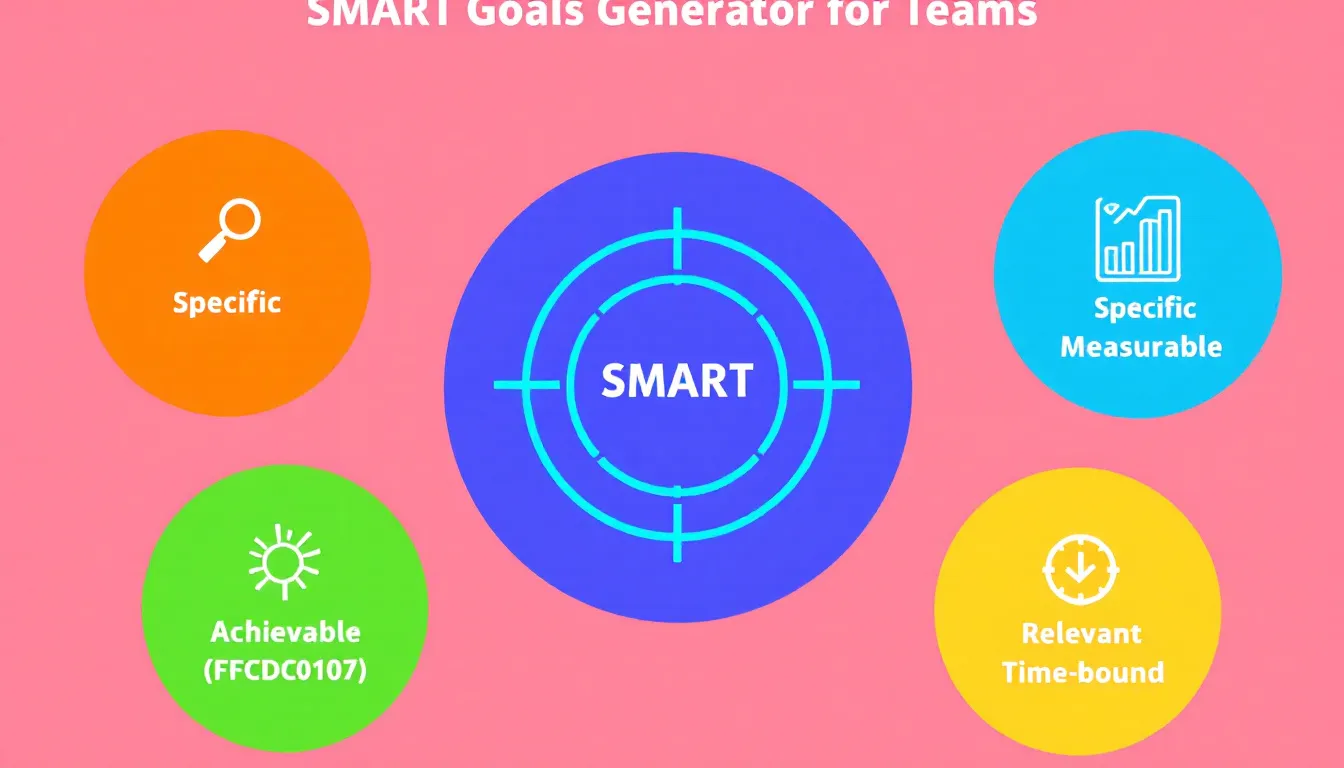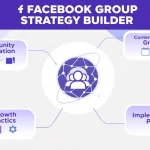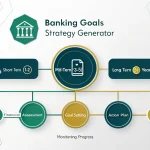SMART Goals Generator
Is this tool helpful?
How to Use the SMART Goals Generator Effectively
Follow these steps to get precise, actionable SMART goals tailored to your team’s needs:
- Enter your team’s industry or niche: Specify the sector your team operates in, such as Renewable Energy or Financial Services.
- Provide team size (optional): Add the number of team members, for example, 12 or 45, depending on your group’s size.
- Describe your organization’s primary objectives: Summarize key company goals in your own words, like Expand product offerings in international markets or Improve employee engagement scores by 20%.
- Detail your team’s main functions and duties: List responsibilities such as Data analysis, client relations, compliance management or Research and development, quality testing.
- Set a time frame for the goals (optional): Provide a period like Semi-annually or Within 9 months, which helps add urgency to your objectives.
- Generate your SMART goals: Click the button to receive customized SMART objectives designed for your team’s specific context.
- Review and save the results: Examine the generated goals closely, then copy them for sharing or further planning.
What Is the SMART Goals Generator and How It Helps Your Team
The SMART Goals Generator creates clear, targeted objectives that support your team’s performance review process. It uses your input about team size, industry, responsibilities, and organizational aims to craft goals that follow the SMART framework—making them Specific, Measurable, Achievable, Relevant, and Time-bound.
This tool aligns team efforts with company priorities, saving you time and effort on brainstorming while promoting consistent goal-setting across departments. By defining precise targets with timelines, it enhances motivation and enables meaningful progress tracking.
Benefits of Using the SMART Goals Generator for Team Performance Reviews
- Customized goals: Tailored to your team’s industry and role.
- Better alignment: Connects your team’s work directly to organizational priorities.
- Time-saving: Quickly produces actionable goals, reducing planning overhead.
- Standardization: Creates consistency in how goals are set and measured.
- Improved tracking: Sets measurable targets with clear deadlines.
- Motivates teams: Clarifies expectations and accomplishments.
- Supports reviews: Provides objective criteria for performance assessments.
Practical Usage: Integrating SMART Goals Into Your Team Workflow
Once you generate your SMART goals, incorporate them into your team’s regular planning and review cycles:
- Communicate objectives: Share the generated goals with your team through meetings or collaboration platforms.
- Break goals into tasks: Divide each SMART goal into smaller, actionable steps that team members can take daily or weekly.
- Use time frames: Set clear deadlines to keep momentum steady and avoid delays.
- Monitor progress: Schedule recurring check-ins to measure progress against the goals’ measurable criteria.
- Adjust as needed: Revise goals based on evolving priorities or new information.
Example SMART Goals Generated for Different Teams
“Increase quarterly social media engagement by 20% through targeted content and influencer collaborations within the next three months, measured by platform analytics.”
“Reduce product defect rate to below 1% over the next two production cycles by implementing enhanced quality control checks and training.”
“Expand client base in the enterprise software sector by acquiring 15 new accounts within the next fiscal year via personalized outreach and demonstration workshops.”
Understanding SMART Goals: Framework for Clear Team Objectives
SMART goals provide a structured way to build objectives that guide teams effectively. Each letter in SMART stands for:
- Specific: Goals must clearly define what needs to be achieved.
- Measurable: Include quantifiable outcomes to track progress.
- Achievable: Ensure goals are realistic based on available resources.
- Relevant: Align objectives with overall business priorities.
- Time-bound: Set deadlines to focus efforts and measure completion.
Applying this framework helps your team focus on meaningful results and creates transparency around expectations.
Examples of SMART Goal Formulas in Team Settings
You can represent measurable goals using simple formulas that track changes over time. For example:
-
Increase sales revenue by a percentage:
$$ \text{New Revenue} = \text{Current Revenue} \times (1 + \frac{\text{Target Percentage}}{100}) $$ -
Improve customer satisfaction scores over time:
$$ \text{Score Improvement} = \text{Target Score} – \text{Current Score} $$ -
Reduce error or defect rates:
$$ \text{Defect Rate Reduction} = \text{Current Defect Rate} – \text{Target Defect Rate} $$
These basic formulas help clarify measurable targets and provide a quick way to assess performance progress.
Maximizing Impact: Best Practices for Setting and Using SMART Goals
- Communicate clearly: Ensure every team member understands the goals and their role in achieving them.
- Set realistic targets: Base goals on your team’s capacity and available resources.
- Review frequently: Track progress regularly and adjust goals when necessary to remain aligned with changing priorities.
- Encourage ownership: Let individual members set complementary SMART goals for personal development.
- Celebrate milestones: Recognize achievements to keep motivation high.
- Learn from setbacks: Use missed targets as learning opportunities to improve future goal-setting.
Important Disclaimer
The calculations, results, and content provided by our tools are not guaranteed to be accurate, complete, or reliable. Users are responsible for verifying and interpreting the results. Our content and tools may contain errors, biases, or inconsistencies. Do not enter personal data, sensitive information, or personally identifiable information in our web forms or tools. Such data entry violates our terms of service and may result in unauthorized disclosure to third parties. We reserve the right to save inputs and outputs from our tools for the purposes of error debugging, bias identification, and performance improvement. External companies providing AI models used in our tools may also save and process data in accordance with their own policies. By using our tools, you consent to this data collection and processing. We reserve the right to limit the usage of our tools based on current usability factors.







